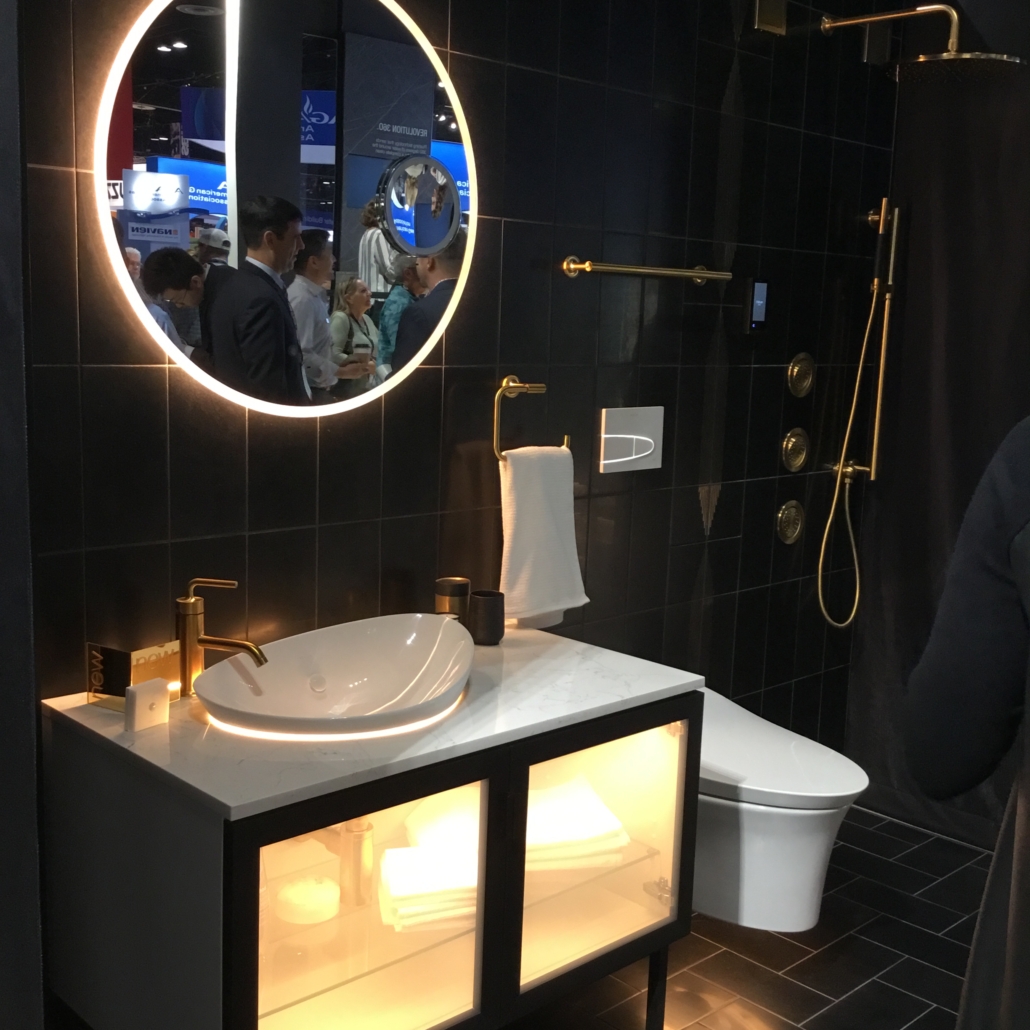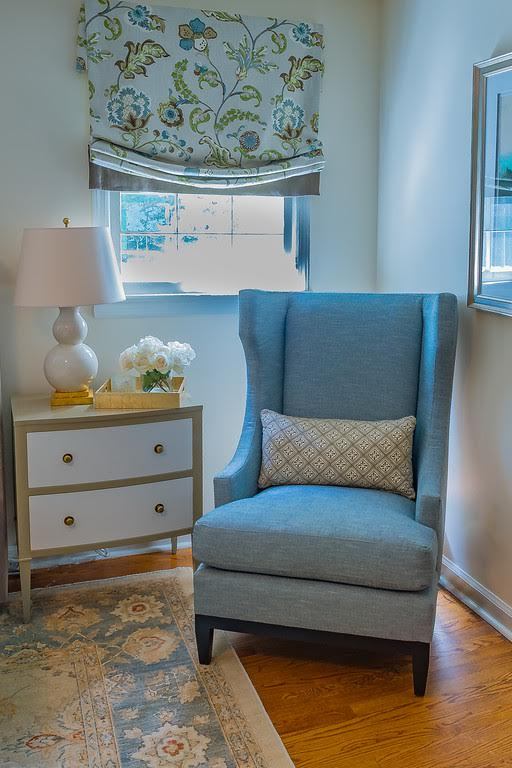Our favorite Kitchen and Bath “forever” trend

Last year at the National Kitchen and Bath show there was one feature that stood out to us that we’re using in all of our designs: Lighting…everywhere. This “simple” feature combines beauty, safety and function. These products are now readily available to consumers and they just make life easier…for anyone, at any ability.
Five ways to create an energizing guest room

Our goal for any space we are designing is that it becomes a place where you will gravitate. Here are our top five (simple yet effective) wellness tips for creating a space that is bound to make your guests want to stay longer. 1. Inject color – How do you want to feel in this […]
Envisioning your future

A friend recently told me the story of a woman named Rose who was a patient at the nursing home where her Dad resided. Each and every day my friend would see Rose, dressed to the nines with lipstick and hair styled – position her wheelchair by the front door…waiting for someone to take her […]
5 ways to adapt basic blueprints to Livable Design

Are you thinking of building a second home? Not just another home but one with subtle nuances that will accommodate your family into the future? We call adding these inconspicuous refinements “livable design details”. Proactive design that enhances and welcomes every generation. A “simple” first step is to find a house plan (or blueprints) that […]
Designing for Emotion

Is it just me or does everyone feel a bit off kilter when they walk into a dark and cluttered room? And, how about when you enter a light-filled space, filled with earth tones like beiges and browns with muted cranberry accents? Doesn’t that make you feel a little more serene and stable? It’s amazing […]
In Touch with your Home

I’ve been spending a considerable amount of time with one of my favorite clients. We’ve been having a blast working on her house, designing one room at a time. After finishing up her family room, she sat down on her new –and now favorite – sofa. She literally started petting it, saying how warm and […]
